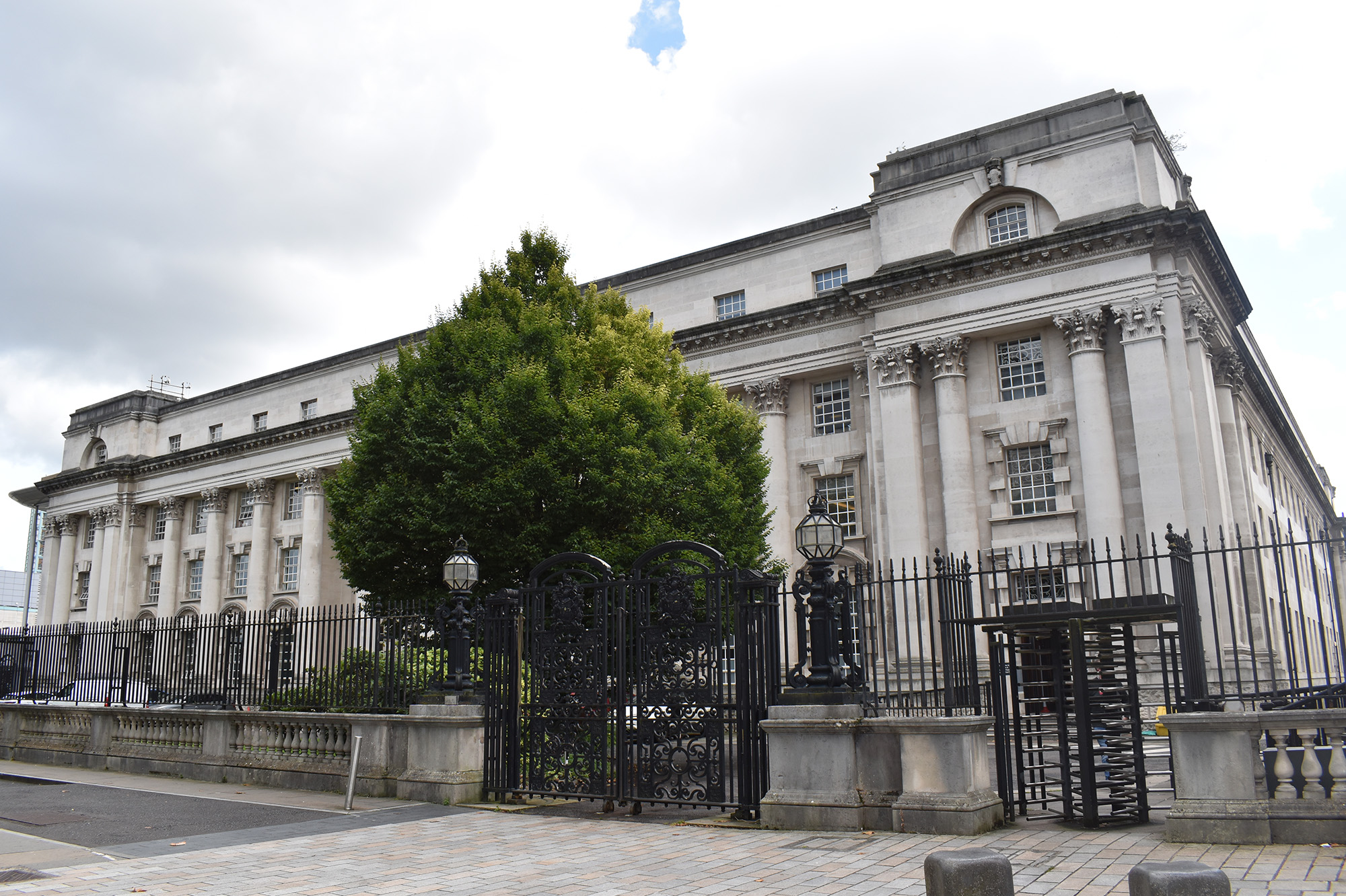NI High Court: Trout hatchery suffering 25 years of pollution fails in claim against Dept of Agriculture

Northern Ireland’s High Court has dismissed an application for judicial review brought by the owner of a trout hatchery who claimed that the Department of Agriculture failed in its statutory duty to conserve waterways.

About this case:
- Citation:[2023] NIKB 37
- Judgment:
- Court:NI High Court
- Judge:Judge Adrian Colton QC
The court found that the respondent took extensive steps to comply with its statutory obligations.
Background
The applicant owns a trout hatchery in the Ballinderry River, Co Tyrone. He averred that his hatchery suffered from pollution going back to 1997, which prevents his fish being able to feed, leading to a lack of growth, and which can lead to the death of the fish.
He was strongly convinced that the pollution was caused by a business known as JB Aggregates Ltd, situated approximately half a mile up the stream. This business was successfully prosecuted for pollution in 2004.
He made ongoing complaints, 17 times in 2014 and at least 16 times in 2016, about pollution to the Northern Ireland Environment Agency (NIEA), an executive agency of the Department of Agriculture, Environment and Rural Affairs (DAERA), the proposed respondents.
He noted that DAERA representatives would come to the hatchery and take samples, but would not enter the premises of JB Aggregates, despite having powers to do so. At a meeting with NIEA representatives, he was assured that a prosecution would be brought, but the anticipated prosecution did not materialise.
He complained that NIEA failed to take sufficient steps to identify and apprehend the polluter, despite such opportunities presenting themselves.
At a meeting in September 2021, department representatives confirmed that they had carried out investigations which were now complete. They could not determine from where the pollution was coming and, as a result, could not initiate any prosecutions.
The applicant rejected this. He claimed that a “Redox survey” carried out by the Ballinderry River Enhancement Association found JB Aggregates site to be “the most polluted site on the whole of the Ballinderry River system”.
The applicant contended that NIEA failed in its duty to promote the conservation of water resources and promote the cleanliness of water and waterways by not fully using its powers to ascertain the source of the pollution and, thereafter, bring a prosecution.
He also contended that NIEA allowed their staff to be intimidated and threatened by the owners of the site responsible for the pollution, as NIEA staff no longer attended the property to ascertain and test whether this was the source of the pollution.
The impugned decision/omission
The applicant challenged the proposed respondent’s ongoing failure to discharge its duties under the Water (Northern Ireland) Order 1999, alleging a breach of statutory duty.
Mr Anderson, a senior principal scientific officer employed by NIEA, prepared a report on the topic in 2017. Nowhere in the report did it state that the site at JB Aggregates was the most polluted site on the river system.
Further, the report noted that the Redox potential differences had decreased (slightly) since the 2006 survey, which demonstrated an improvement, and an analysis of phosphorus and nitrogen nitrate were all above the target thresholds for fresh water pearl mussel.
He noted that an action plan was identified with over 50 actions to be taken forward as part of the conservation action plan, and nothing identified the suspected source of pollution as being JB Aggregates.
Dr Deirdre Quinn, a principal dcientific officer employed by NIEA, noted that NIEA had carried out extensive work at the site, which included redirecting water runoff, farm visits, and dye tests. She also addressed the Redox survey, highlighting that the suspected source of pollution was “only a suspicion”.
When challenged that NIEA had not tested a nearby pond, she averred that this was simply not correct. Further, notwithstanding the fact that the applicant had not made any complaints to NIEA since the issuing of proceedings in December 2021, NIEA continued to monitor the turbidity levels at the fish farm.
NIEA said that it would continue to investigate any pollution reports and that is exactly what it did, and continued to do, in accordance with the statutory duty.
Consideration
Article 4 of the 1999 Order states that it is the “Duty of Department to promote conservation and cleanliness of water resources”.
This case involved a substantial factual dispute about complaints of pollution and the ongoing investigations carried out by NIEA. The court emphasised that it is not well suited to determining such factual disputes.
The court accepted the ongoing frustration and concern that the applicant had for his farm. However, the court was equally impressed by NIEA, who were “clearly alive to the complaints and have carried out very significant ongoing work in this regard”.
The focus of the applicant’s complaint related to a failure to investigate and prosecute the alleged offender. This required a high threshold for judicial intervention. Parliament left this decision in the hands of the respondent, and statute provides discretion here, with the use phrases such as “may” and “considers appropriate”.
The respondent had the necessary expertise and experience to decide on appropriate measures of investigation and whether the test for prosecution had been met. Based on the evidence, the court could not say that such discretion had been exercised unlawfully or irrationally.
The evidence established that the respondent took extensive steps to comply with its statutory obligations. There was insufficient evidence to support an alleged breach of this very general duty.
Conclusion
The court accepted that the applicant suffered from significant incidents of pollution over many years, and were sympathetic towards him. However, the court argued it would “provide false hope” to grant the applicant leave in this case based on the material available, and to expose him to the risks of substantial legal costs.
Ultimately, the court concluded that the applicant did not meet the threshold for leave. Based on the evidence, the applicant did not enjoy an arguable case with a reasonable prospect of success. Accordingly, leave to apply for judicial review was refused.









